Scheduled courses
Our Art School teaches textile skills at every level, from the basic to the highly specialised, with study programs concentrating on both ancient and contemporary textiles. Training comprises theoretical lessons – identification, technical analysis, basic concepts – and practical aspects such as design, weaving, restoration and embroidering. Our annual course calendar is constantly being updated; we also plan customised courses to meet the training needs of public and private entities.
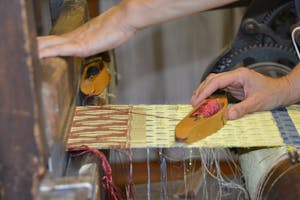
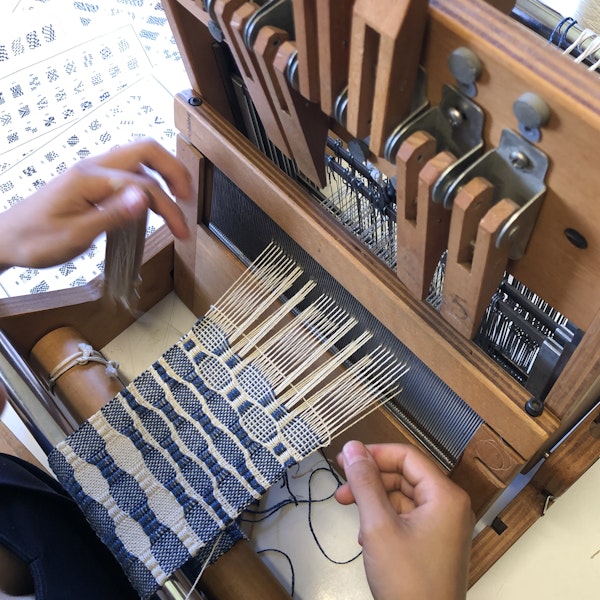
July 14, 2025
Study of Historical Techniques and Technologies: from basic weaves to brocade and other weft effects
Intensive theoretical/practical seminar: the weave structures studied during the textile analysis courses are woven using a range of looms and visualization methods, to promote comprehension of the connection between weave annotation, analysis and loom technology.
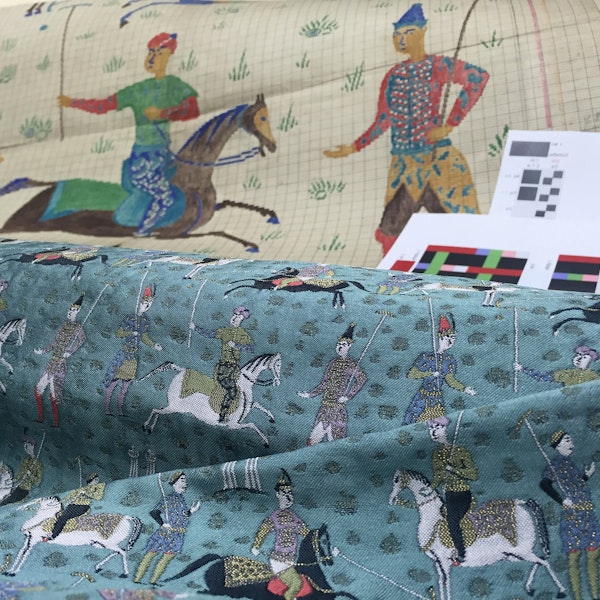
July 21, 2025
Contemporary textile design inspired by historical Jacquard techniques
Representative samples of historical Jacquard techniques such as lampas, tacqueté, samitum are observed and analyzed. The number and function of warp and wefts series are identified, weave superimposition theory introduced and the drafting of complex weave structures practiced.
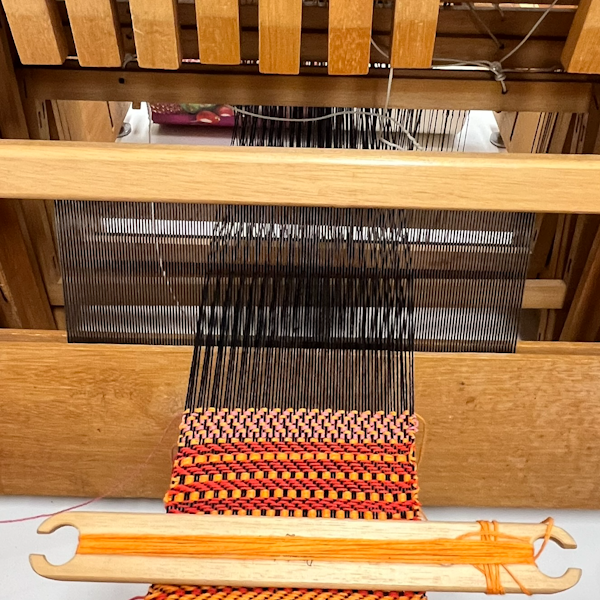
September 29, 2025
Basic weaving on the shaft loom 1 level
A course for learning the basics of weaving and how to weave ‘samplers’ on pre-prepared 4-to-8 heddle looms, to manage tensioning, shrinkage and shuttles, to repair broken threads and defects in the weave, to create impeccable selvedges.
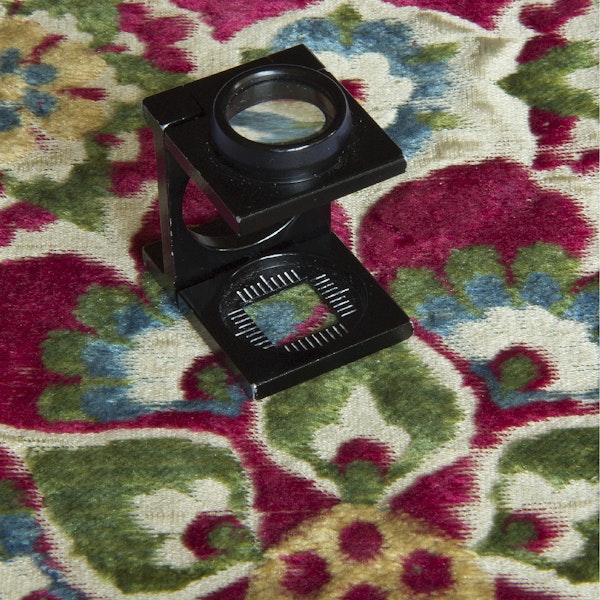
October 13, 2025
Plain cloth. Recognition, analysis and cataloguing 1
Course participants learn how to identify the constituent elements of woven textiles according to the methods proposed by the Centre International d’Etude des Textiles Anciens. Observation of historical samples in varying states of conservation, modern reconstructions and contemporary wovens.
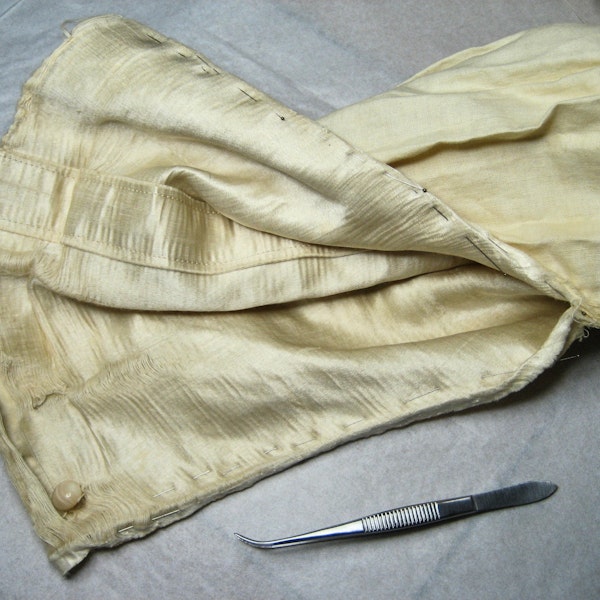
October 20, 2025
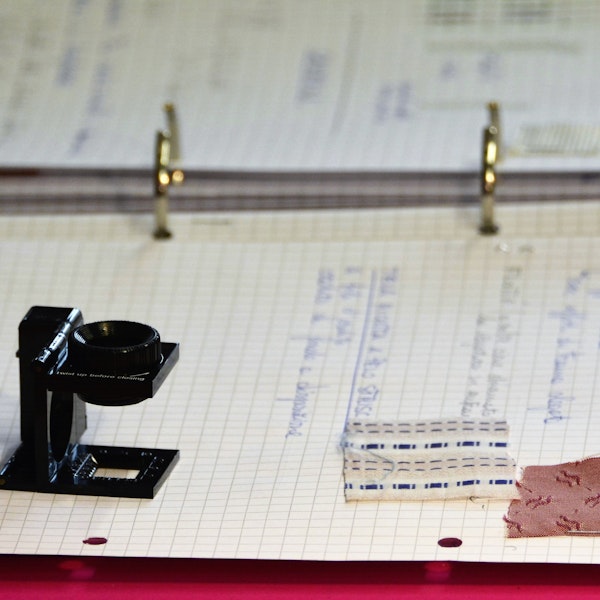
November 03, 2025
Plain cloth. Recognition, analysis and cataloguing 1 |ONLINE| English
Course participants learn how to identify the constituent elements of woven textiles according to the methods proposed by the Centre International d’Etude des Textiles Anciens. Observation of historical samples in varying states of conservation, modern reconstructions and contemporary wovens.

February 02, 2026
Figured fabrics. Recognition, analysis and cataloguing 2 |ONLINE| English
Practical exercises on samples of ancient fabrics and 20th-century reproductions to learn a method of analysis of simple and complex weave structures using such analysis tools as the pick glass, digital microscope and macrophotography. Students are provided with samples and lecture notes.

